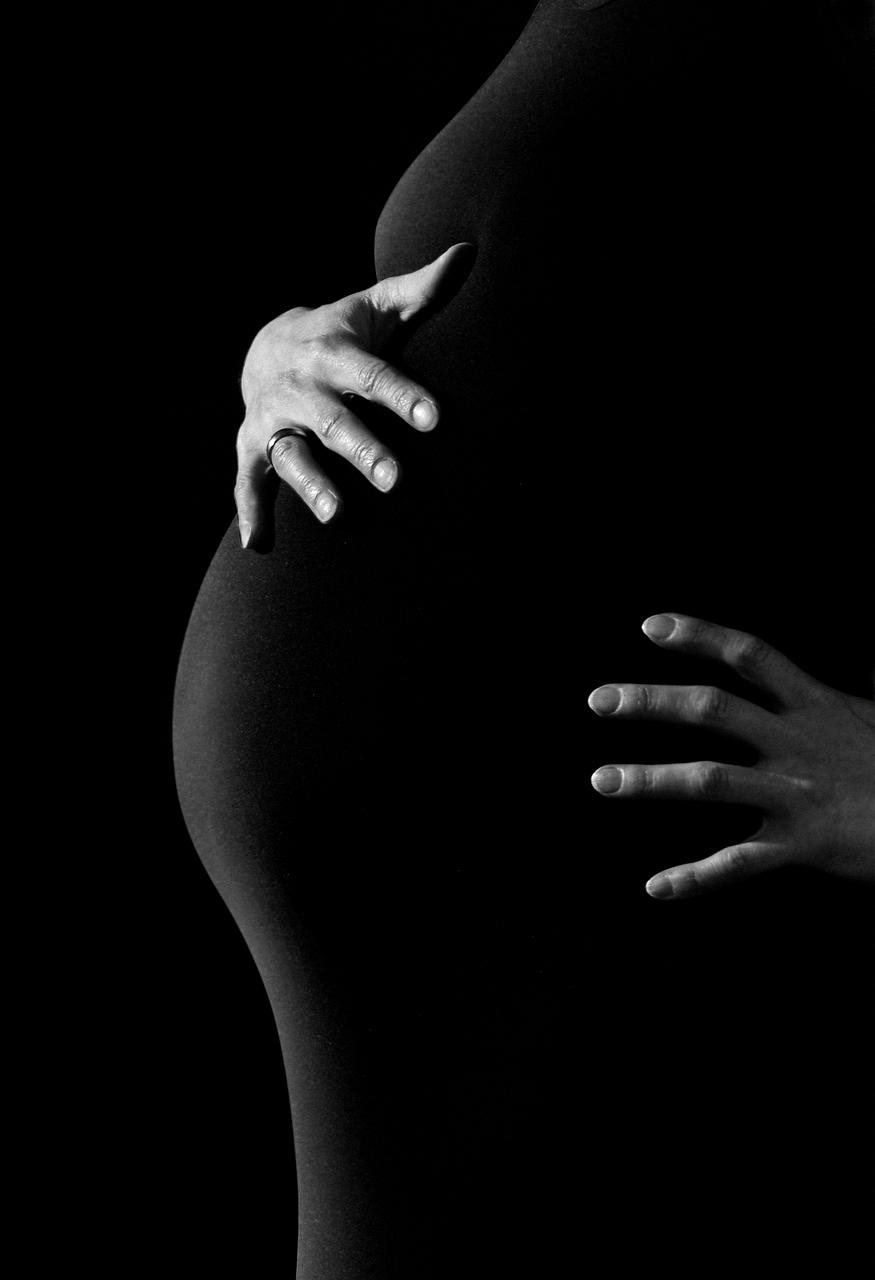When it comes to the appearance of C-section scars, there is a wide range of outcomes that can occur. This can vary greatly depending on individual factors such as skin type, healing process, and overall health. It’s important to note that each woman’s experience with C-section scars is unique and can differ significantly from one another.
The Healing Process
After undergoing a C-section procedure, the body initiates a complex healing process to repair the incision made during surgery. Initially, the scar may appear red, raised, and possibly itchy as the body’s natural response to trauma.
Types of C-Section Scars
One common type of C-section scar is the keloid scar, which tends to be thicker, raised, and darker than the surrounding skin. Keloid scars can be more challenging to treat and may require specialized care to minimize their appearance.
Factors Influencing Scar Appearance
Several factors can influence how a C-section scar looks, including genetics, skin type, the surgical technique used, and post-operative care. Additionally, previous scarring on the body may also impact how a C-section scar develops.
Long-Term Changes
Over time, most C-section scars tend to fade and become less noticeable. However, some scars may remain thick, raised, or discolored for an extended period. It’s essential to monitor any changes in the appearance of the scar and consult with a healthcare provider if there are concerns.
Scar Management Strategies
There are various strategies available to manage and improve the appearance of C-section scars. These may include scar massage, silicone sheets, laser therapy, or steroid injections, depending on the type and severity of the scar.
Embracing Your Scar
It’s crucial to remember that C-section scars are a natural part of the body’s healing process and should be embraced as a symbol of strength and resilience. Many women find empowerment in their scars, viewing them as a reminder of the incredible journey of childbirth.
Seeking Support
If you have concerns about the appearance of your C-section scar or are experiencing discomfort, don’t hesitate to reach out to a healthcare provider or dermatologist for guidance. They can provide personalized recommendations for scar management based on your specific needs.
Self-Care and Patience
Remember to practice self-care and patience as you navigate the healing process of your C-section scar. Taking care of your overall well-being, staying hydrated, and maintaining a healthy diet can aid in the skin’s recovery and promote optimal healing.
Emotional Impact
It’s normal to experience a range of emotions related to C-section scars, including feelings of self-consciousness, sadness, or frustration. Remember that it’s okay to seek support from loved ones, mental health professionals, or support groups to address these feelings.
Celebrating Your Journey
While C-section scars may have a lasting physical presence, they also serve as a powerful reminder of the incredible journey of pregnancy and childbirth. Celebrate your body’s strength and resilience, knowing that your scar tells a unique and beautiful story of motherhood.
Conclusion
In conclusion, C-section scars can vary in appearance and may change over time. By understanding the healing process, seeking support when needed, and practicing self-care, you can embrace your scar as a symbol of strength and beauty. Remember that you are not alone in your journey, and your scar is a testament to the remarkable experience of bringing new life into the world.

